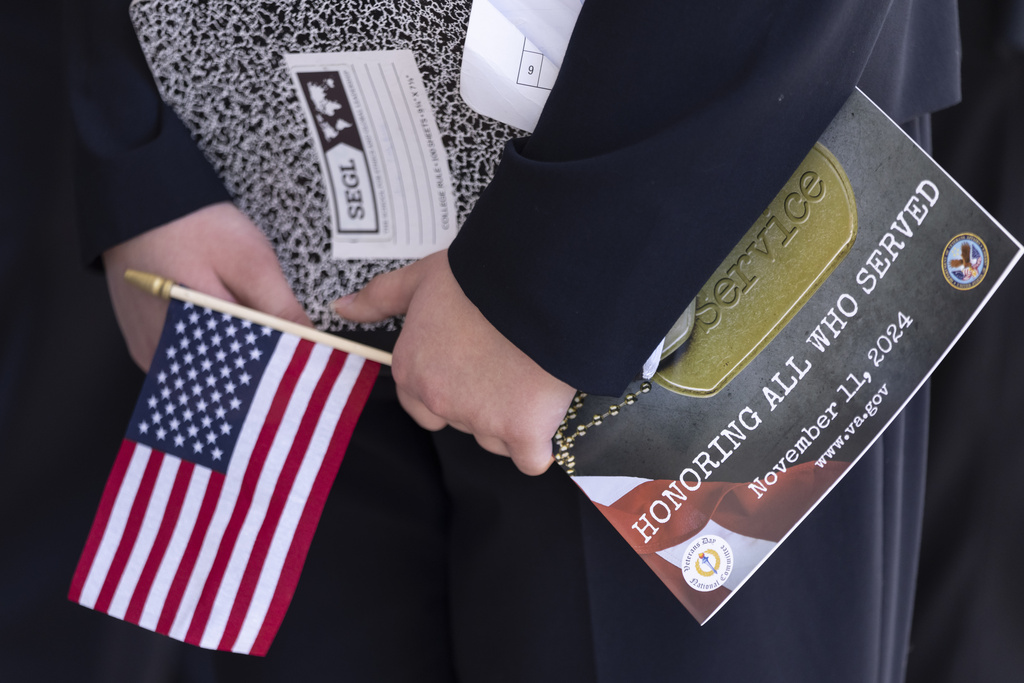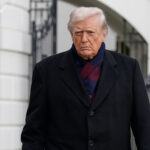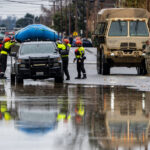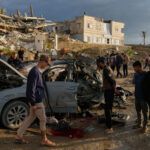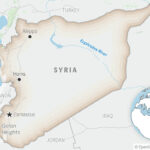Veterans Day History and Traditions in the United States \ Newslooks \ Washington DC \ Mary Sidiqi \ Evening Edition \ President Joe Biden honored U.S. veterans on Veterans Day with a wreath-laying at Arlington National Cemetery, joined by thousands nationwide who celebrated with parades and events. Originally “Armistice Day,” Veterans Day evolved into a national holiday recognizing all American veterans and active-duty service members. Key observances include parades, federal closures, and special discounts honoring the military.
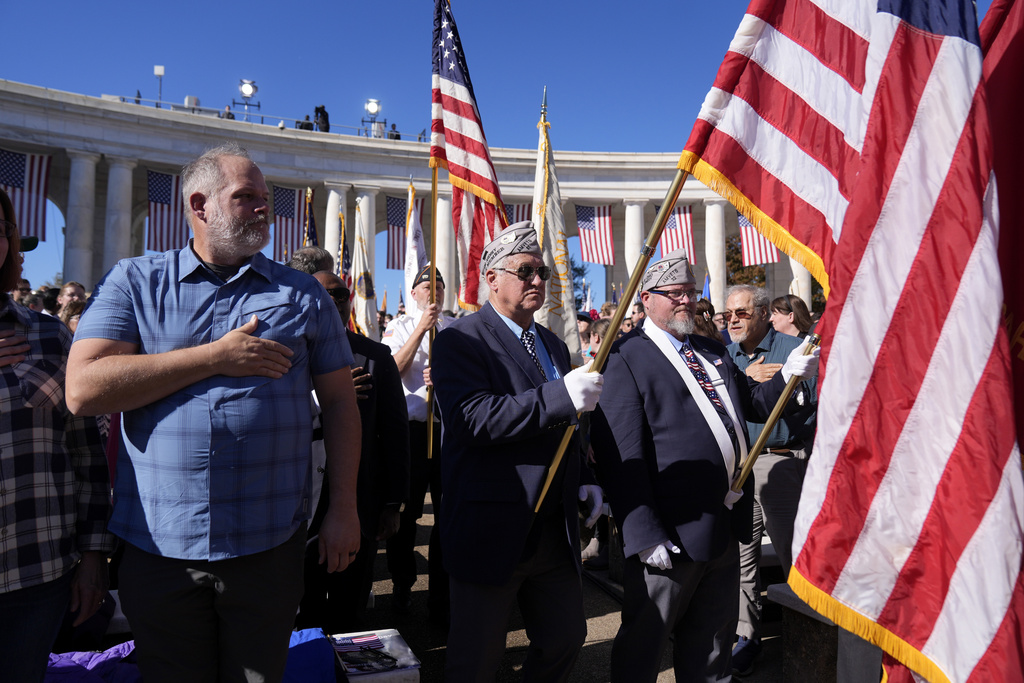
Veterans Day Traditions and History Quick Looks
- Origins: Established in 1919 as Armistice Day to mark World War I’s end, the holiday expanded in 1954 to honor veterans of all U.S. wars and renamed “Veterans Day.”
- Ceremonial Observances: Parades across the U.S., notably in New York, and the presidential wreath-laying at Arlington’s Tomb of the Unknown Soldier highlight national tributes.
- Global Observances: Many nations observe similar traditions on or around November 11, including Remembrance Day in Canada, the United Kingdom, and Australia.
- Veterans Day vs. Memorial Day: Memorial Day focuses solely on those who died in service, while Veterans Day celebrates all who have served or are currently serving.
- Federal Holiday Closures: Most federal offices, courts, and the U.S. Postal Service close; stock exchanges remain open, with discounts offered at many retail stores and restaurants for veterans.
- Deals & Discounts: Various businesses offer special deals, free meals, waived admission, and more to honor veterans and active-duty military personnel.
Deep Look
The Origins of Veterans Day
Veterans Day began as “Armistice Day” in 1919, marking the one-year anniversary of the World War I armistice. On November 11, 1918, at precisely 11 a.m., the Allied powers and Germany reached a historic agreement to end hostilities. President Woodrow Wilson proclaimed the first Armistice Day in 1919, celebrating it as a day of reflection and gratitude for peace after “the war to end all wars.” In 1938, Congress designated November 11 as a federal holiday to commemorate this event.
With the onset of World War II, the holiday was reexamined to recognize a broader segment of American veterans, as the “Great War” no longer stood as the final conflict. In 1954, Congress changed the holiday’s name from Armistice Day to Veterans Day to honor not just those who served in World War I but veterans of all U.S. military conflicts. President Dwight D. Eisenhower issued a formal proclamation establishing Veterans Day as a day for all Americans to honor veterans’ service to the nation.
Veterans Day Observances
Today, Veterans Day is marked across the country by a wide variety of observances. One of the largest is the annual parade in New York City, where around 20,000 marchers proceed along Fifth Avenue, organized by the United War Veterans Council. Local parades, gatherings, and ceremonies take place across the U.S., reflecting national gratitude for veterans’ service and the sacrifices they’ve made to defend American freedom.
A longstanding tradition sees U.S. presidents lay a wreath at Arlington National Cemetery’s Tomb of the Unknown Soldier. This year, President Biden joined that tradition, offering remarks about the honor and solemn responsibility of leading “the finest fighting force in the history of the world.” Arlington’s Tomb of the Unknown Soldier, where this ceremony takes place, is dedicated to unidentified fallen service members from various conflicts, serving as a powerful symbol of respect and gratitude for those who have given their lives.
Outside the United States, many countries with shared World War I histories also honor their veterans on or around November 11. Known as Remembrance Day in the United Kingdom, Canada, and Australia, these observances feature ceremonies, poppy-wearing traditions, and other acts of remembrance.
Distinguishing Veterans Day
Veterans Day Closures
As a federal holiday, Veterans Day results in the closure of federal government offices, courts, and the U.S. Postal Service. Many schools also close for the day, though stock exchanges like the New York Stock Exchange and Nasdaq remain open, and bond markets close in observance. Many banks close for the day, though a growing number may offer limited services.
Veterans Day has also become a day of gratitude through various discounts, giveaways, and offers extended by businesses, restaurants, and retailers. Veterans and active-duty military members can access deals such as free meals at restaurants, discounts on merchandise, waived admission fees at museums and zoos, and free services such as haircuts and oil changes. These offers are compiled and often promoted by the Department of Veterans Affairs to help veterans enjoy a wide range of benefits in appreciation of their service.
Veterans Day History

